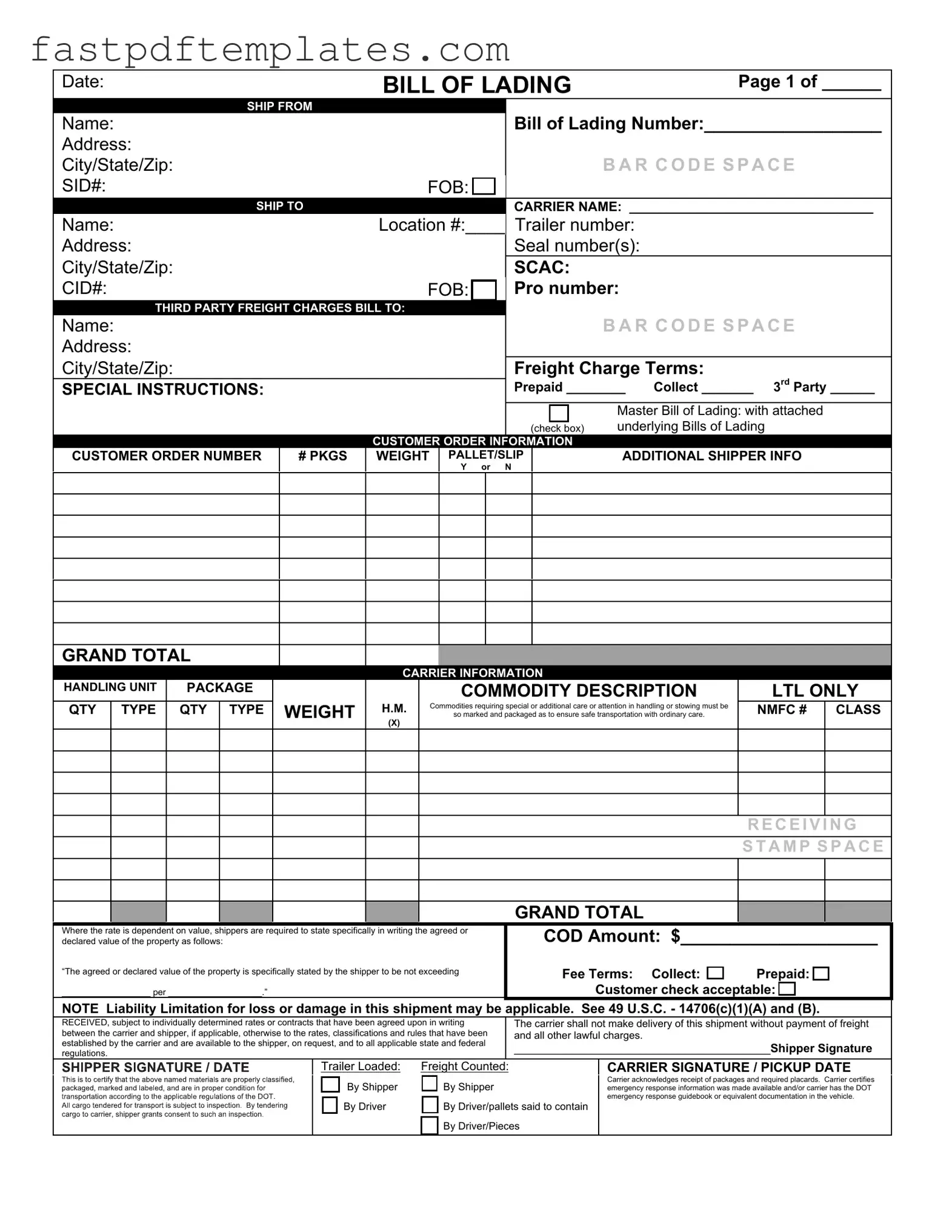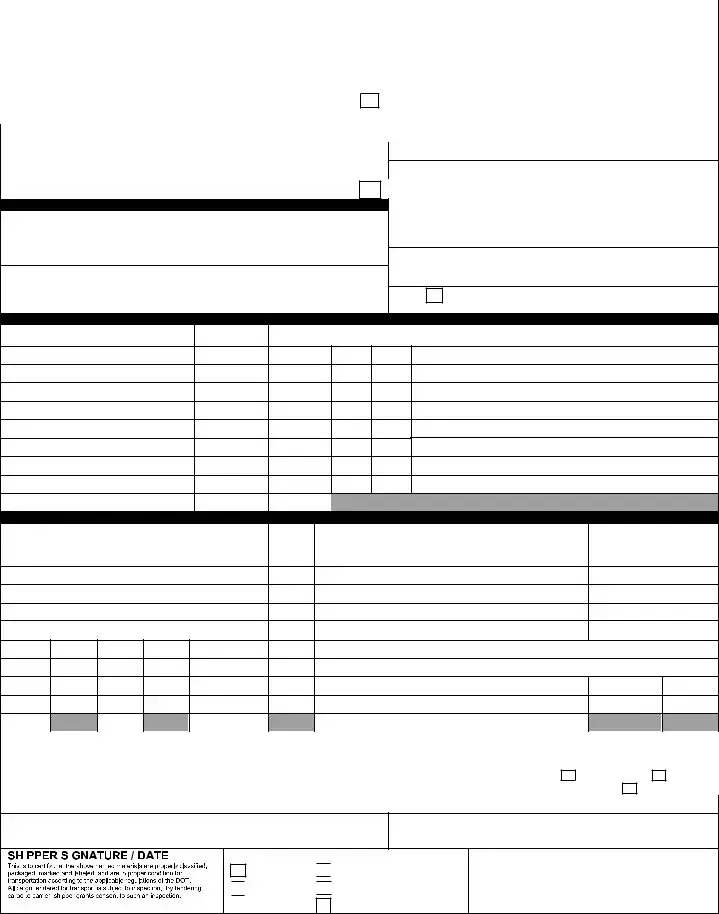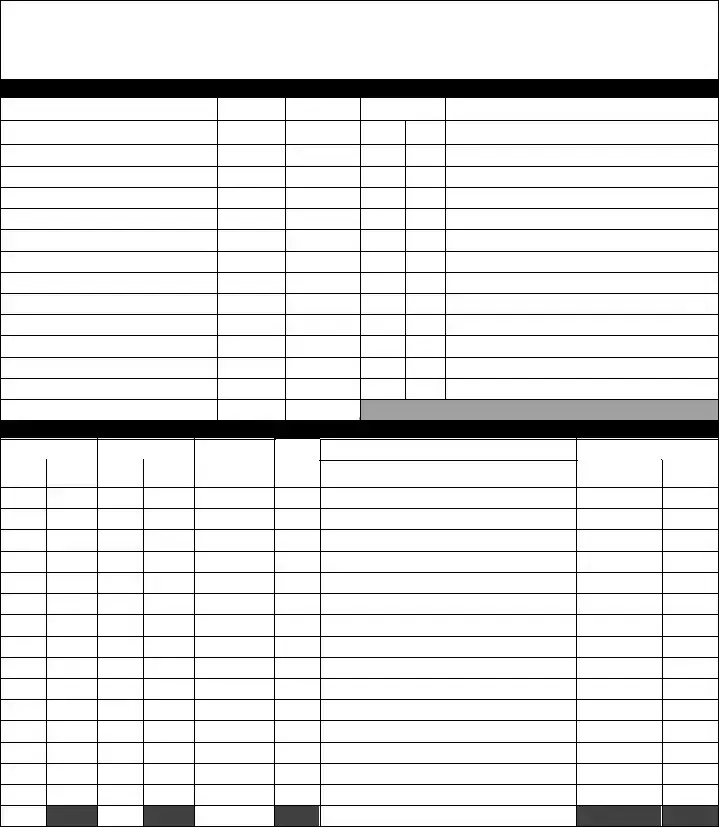Detailed Steps for Filling Out Bill of Lading with a Supplement
After gathering all necessary information, you'll be ready to fill out the Bill of Lading with a Supplement form. This form requires specific details about the shipment, including addresses, descriptions of goods, and any special instructions. Accuracy is crucial to ensure smooth processing and delivery.
- Begin by entering the date of the shipment at the top of the form.
- Fill in the shipper's name and address in the designated section.
- Provide the consignee's name and address next. This is the person or company receiving the goods.
- Indicate the origin and destination points for the shipment.
- List the details of the goods being shipped, including quantity, description, and weight.
- If applicable, note any special handling instructions or requirements.
- Include the shipping method and any additional charges, if necessary.
- Sign and date the form to confirm that all information is accurate and complete.
Once the form is filled out, review it for any errors before submitting it to the carrier. This will help prevent delays and ensure that your shipment is processed efficiently.


 to certify that the above named materials are properly classified, packaged, marked and labeled, and are in
to certify that the above named materials are properly classified, packaged, marked and labeled, and are in proper condition for transportation according to the applicable regulations of the DOT.
proper condition for transportation according to the applicable regulations of the DOT.
 By Shipper
By Shipper
 By Driver
By Driver 
 By Driver/pallets said to contain
By Driver/pallets said to contain